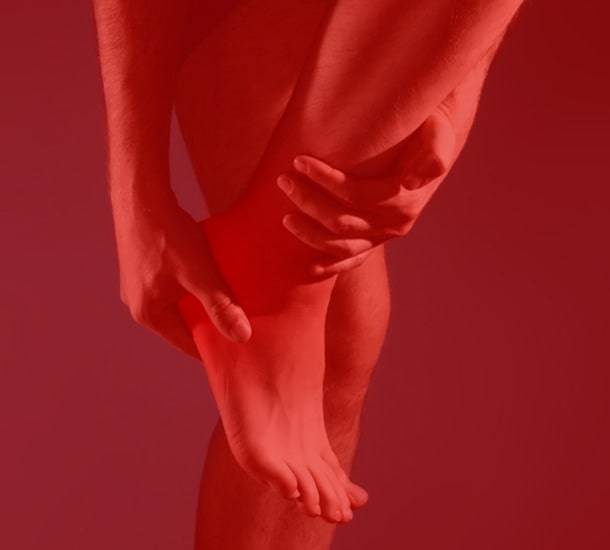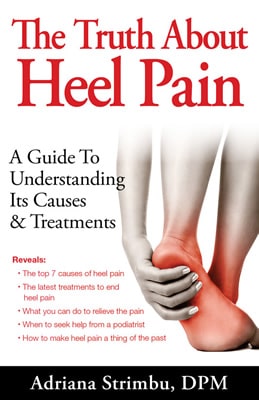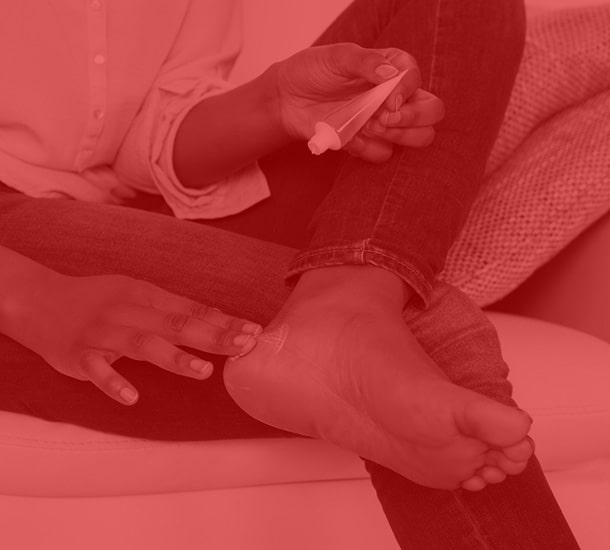
The foot condition known as athlete’s foot is a fungal infection of the skin. This type of fungus lives in damp areas such as public swimming pools, shower room floors, and locker rooms. The fungus enters the body through tiny cracks in the skin on the feet and can cause the feet to turn red and itch. In severe cases, small blisters may develop between the toes and generally require prompt medical attention. There are various reasons why athlete’s foot may develop consisting of family history, a weakened immune system, or existing medical conditions like eczema. This ailment is contagious, and it can be beneficial to wear appropriate shoes while in damp areas. Additional preventive methods can include alternating the shoes worn, refraining from sharing socks, shoes, or towels, and avoiding walking barefoot. Athlete’s foot can be uncomfortable and mild cases can heal in several weeks. If you notice your feet are not healing, it is strongly advised that you are under the care of a podiatrist who can effectively diagnose and treat athlete’s foot.
Athlete’s foot is an inconvenient condition that can be easily reduced with the proper treatment. If you have any concerns about your feet and ankles, contact Adriana Strimbu, DPM from Complete Foot & Ankle Care. Our doctor will treat your foot and ankle needs.
Athlete’s Foot: The Sole Story
Athlete's foot, also known as tinea pedis, can be an extremely contagious foot infection. It is commonly contracted in public changing areas and bathrooms, dormitory style living quarters, around locker rooms and public swimming pools, or anywhere your feet often come into contact with other people.
Solutions to Combat Athlete’s Foot
- Hydrate your feet by using lotion
- Exfoliate
- Buff off nails
- Use of anti-fungal products
- Examine your feet and visit your doctor if any suspicious blisters or cuts develop
Athlete’s foot can cause many irritating symptoms such as dry and flaking skin, itching, and redness. Some more severe symptoms can include bleeding and cracked skin, intense itching and burning, and even pain when walking. In the worst cases, Athlete’s foot can cause blistering as well. Speak to your podiatrist for a better understanding of the different causes of Athlete’s foot, as well as help in determining which treatment options are best for you.
If you have any questions please feel free to contact our office located in Hallandale Beach, FL . We offer the newest diagnostic and treatment technologies for all your foot and ankle needs.





